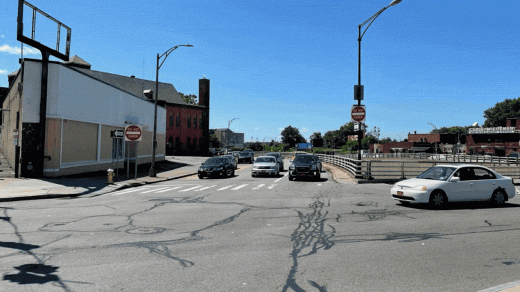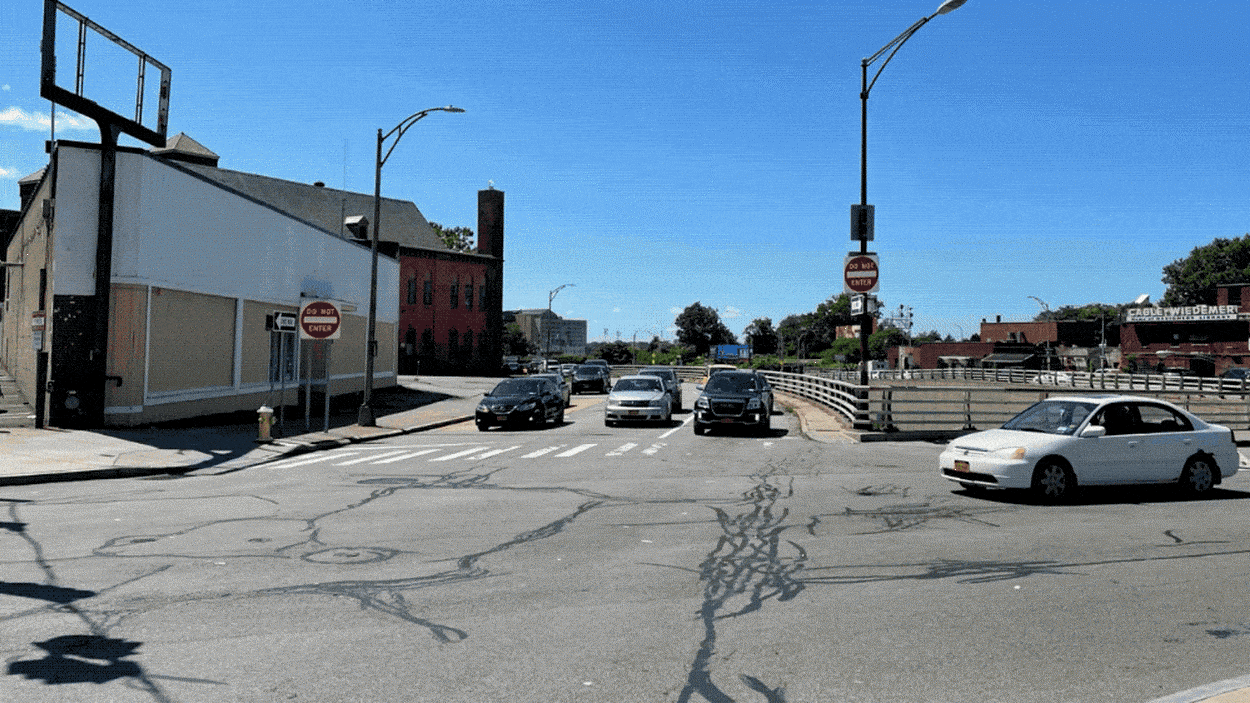What happened when Rochester tore out an urban highway
If you walk down Union Street in Rochester, New York, a road lined with new apartment buildings, trees, and a bike lane, you wouldn’t know that it used to be a highway.
“It feels like an organically built neighborhood,” says Erik Frisch, deputy commissioner of neighborhood and business development for the city of Rochester. But a decade ago, these blocks were part of the Inner Loop, a sunken, six-lane freeway that circled the downtown.
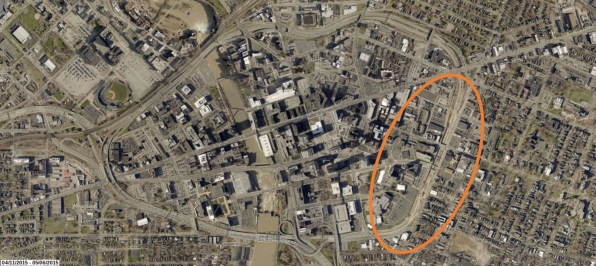
The highway was built in the 1950s and ’60s, in a process that involved tearing down more than 250 houses and businesses and destroying the street grid in a densely populated neighborhood that used to be walkable. The same thing happened in cities across the country, displacing more than a million people—primarily minority communities. As neighborhoods were paved over, the surrounding streets declined economically.
The idea of tearing down urban highways has become more popular in recent years, but Rochester was early to decide to adopt it. “We wanted to move this back to a more pedestrian scale, a more urbanist scale,” says Richard Perrin, the city’s commissioner for the department of environmental services.
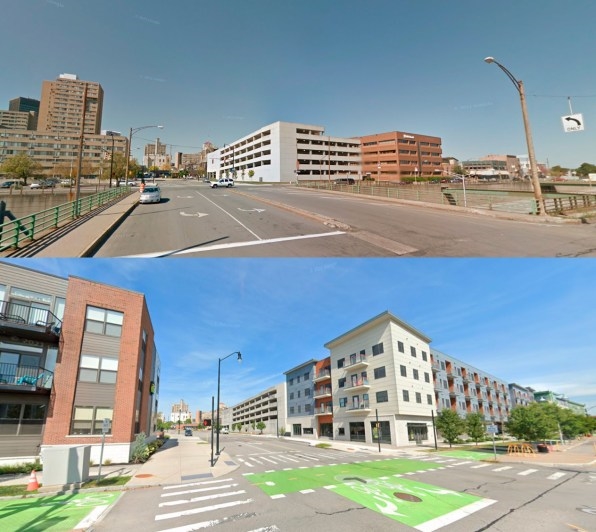
In 2014, after years of discussion, the highway shut down and workers started trucking in mud from Lake Ontario to fill in the eastern part of the loop. By late 2017, there was a new boulevard in its place, and new land available for development. Now, five years later, the reshaped neighborhood is slowly filling in. Rochester is now plotting the removal of the rest of the highway. And as more cities start to consider tearing down their own highways, Rochester shows both what’s possible and what can improve.
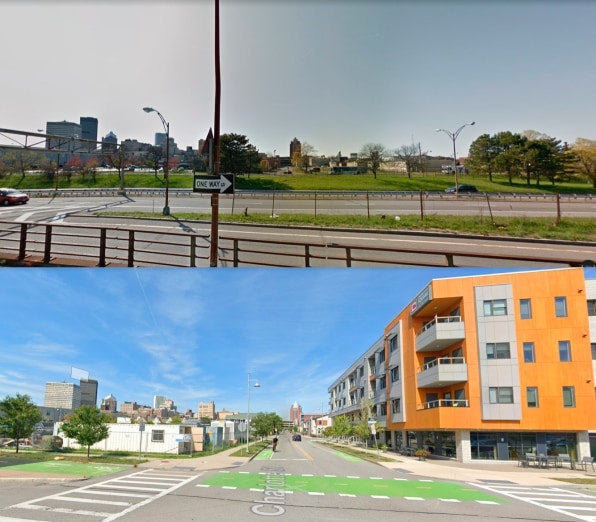
Urban highways were seen as the future in the middle of the last century, as white flight led to more commuting by car from the suburbs. Federal funding helped build them. But as the infrastructure begins to wear out, more cities are questioning whether they should stay in place.
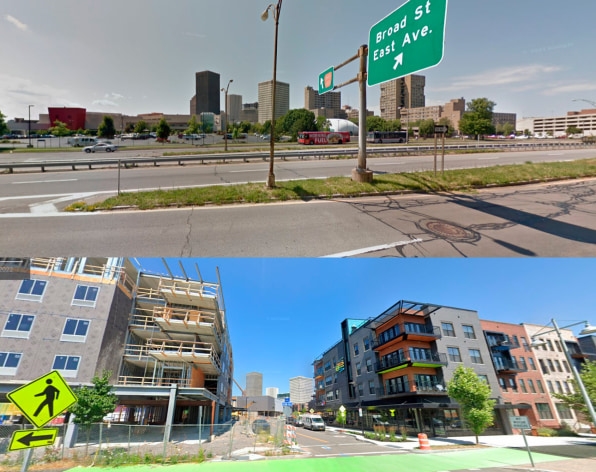
“We’re at a turning point now, because we’re 50 to 70 years from when a lot of these highways were built,” says Ben Crowther, advocacy manager at the nonprofit America Walks. “They’re now at the end of their design life span. So we have to make the decision and reevaluate whether or not the cost is worth it. Cities like Rochester decided no, it’s not worth it. We can do better. We can improve our economy, we can give people places to live. We can promote walking and biking and more eco-friendly modes of transportation.”
In Rochester, the case was easier to make because the highway wasn’t heavily used. When it was built, the city’s population was at its peak; by the 1990s, the number of residents had dropped by a third, and the first discussions about removing the highway began. By the mid-2000s, the project had funding.
“There was very limited opposition,” Frisch says. “Really, I think people were understanding that this was a feasible thing to pursue and that it would be coming. And so the focus was more on what replaces it and making sure that we get the design right or as close to right [as possible] in their eyes.”
The new design went through several iterations, as the government and local neighbors talked through how to make it work. Neighbors advocated for changes in how the main road, Union Street, would intersect with side streets, to discourage new traffic. They also argued that Union Street needed standard intersections to help slow traffic down; one early proposal suggested using roundabouts, which would have kept cars moving faster.
The result still isn’t perfect, say advocates from Hinge Neighbors, a community group. “I’m not sure it’s safer for pedestrians,” says Suzanne Mayer, the group’s cofounder and president, who lives nearby. In the past, pedestrians could walk on a bridge over the highway. Now, though the neighborhood is more connected, Union Street is still wide, and traffic moves quickly. Drivers sometimes don’t see stop signs. “To cross, you have to be nimble,” Mayer says, adding that another stoplight could help. “We have a lot of people who use the pathway who are disabled.”
The land that was previously the highway hasn’t yet fully been filled in, but some of the existing development is also controversial. Large apartment buildings line the sidewalk without breaks for public space or paths to the next block. “If you talk to a lot of residents, they’ll say, you took away a moat and you put in a wall,” Mayer says.
As the government makes plans to take down the rest of the highway—a project they hope to complete by 2027—neighbors are advocating for more green space in the new area, and more variety in building types, including smaller duplexes or triplexes and single-family homes. Hinge Neighbors is also talking about how it might be possible to make reparations to members of the Black community who lost homes when the highway was first built.
“I think there are creative and new ways you can think about as you talk about reparations and equity,” says activist Shawn Dunwoody. That could include, for example, helping support minority “micro” developers who might not otherwise be able to compete for bids to build on the land that’s reclaimed from the highway.
Parts of the city’s approach can be a model for others. “It’s switched priorities from moving cars fast to building places where people can live—places where people can shop, enjoy a coffee or beer—or building a bike path so people can get around easier,” Crowther says. That’s in contrast to cities like Detroit, which plans to replace an urban highway with a boulevard that’s up to nine lanes wide, and arguably still very car-centric.
There’s an opportunity now for cities to get this right. Some $3 billion in new funding from the recently passed Inflation Reduction Act, and another $1 billion from the Infrastructure Investment and Jobs Act, has been set aside to help cities remove highways. It’s gone from a niche idea to mainstream, says Crowther, and it’s important that the U.S. Department of Transportation is talking about it differently.
“The amount of money available for turning highways into boulevards or highways into homes is still dwarfed by the amount of money that exists to build highways,” he says. “But the good news is, a lot of that money that can be used to build highways is actually rather flexible. It’s formula funds that come down from the U.S. DOT to state DOTs that they can use at their discretion. So changing that conversation, I think, has really moved the needle to a significant degree.”
(53)

